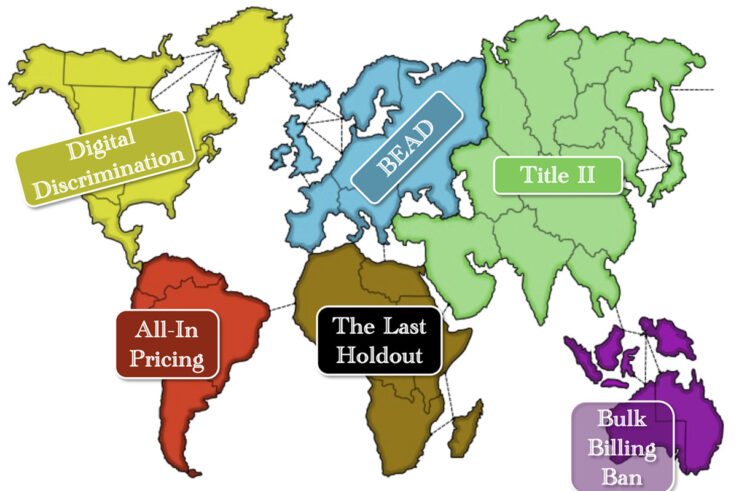This article is a part of the The Law & Economics of Interchange Fees Symposium symposium.
What is most surprising about the GAO report is how little the analytical discussion of this subject has advanced in the last decade. We all know that interchange rates might contribute to higher retail prices: customers that use cheaper payment products can be said to “subsidize” customers that use credit cards. Starting with the Australian initiative, regulators for a decade have sought to understand the costs of credit-card processing and to push interchange fees down to the “competitive” level of the “costs” of providing the service. Conversely, economists writing about two-sided networks have shown that the focus on costs reflects a fundamental misunderstanding of the two-sided network, in which the interchange fee is an allocation of burden between merchants and cardholders, not a charge for services rendered to one side or the other.
Yet despite the persistent attention to the issue and the steadily increasing lobbying and public relations campaigns on both sides of the question, the underlying issues interchange regulation raises receive little attention. Given the important effects of credit cards on the national economy, regulatory intervention should rest on, or at least consider, the macroeconomic effects. Consider the following two points.
First, the most important effect of interchange fees on credit card products is to fund rewards. Networks increase their value if they take funds from merchants and give them to cardholders to encourage cardholders to use their cards, up to the point at which the marginal loss from declining merchant acceptance exceeds the marginal gain from increased rewards. Since there is no obvious market trend toward declining merchant acceptance, we presumably have not yet reached the point at which the networks have an incentive to stop raising interchange fees to fund rewards. Thus, a forced decline in interchange fees should shift product lines away from rewards cards. If the rewards card is associated with increased spending (as seems likely), then the shift should bring with it a decline in consumer spending, and probably also a decline in consumer borrowing. We can debate whether that decline would be good or bad, but if we are unsure we want a decline in consumer economic activity, we should think carefully before cutting interchange fees.
Second, consider the relation between interchange fees and market structure. The market for credit card lending is concentrating rapidly; the top ten credit lenders now hold 88% of outstanding debt. The remaining credit card issuers (hundreds of smaller banks and credit unions) typically market credit cards used as transaction vehicles. Because those cards generate little in interest revenue, interchange fee revenues are much more important to their profitability than they are to the lending-driven products of the large issuers. Hence, a decline in interchange fees shifts the balance of profitability from the smaller issuers to the larger issuers. This, in turn, should foster increased concentration in the market. Since the market for credit card issuance (as opposed to the market for credit card networks) traditionally has been quite competitive, market interventions that accelerate the concentration of that industry are noteworthy.
I offer these ideas not because they are the only, or even the most important, possible effects. I proffer them to encourage a discussion of interchange fees that considers their role as part of a complex and important economic system rather than a simple contract term between merchants and their banks.




